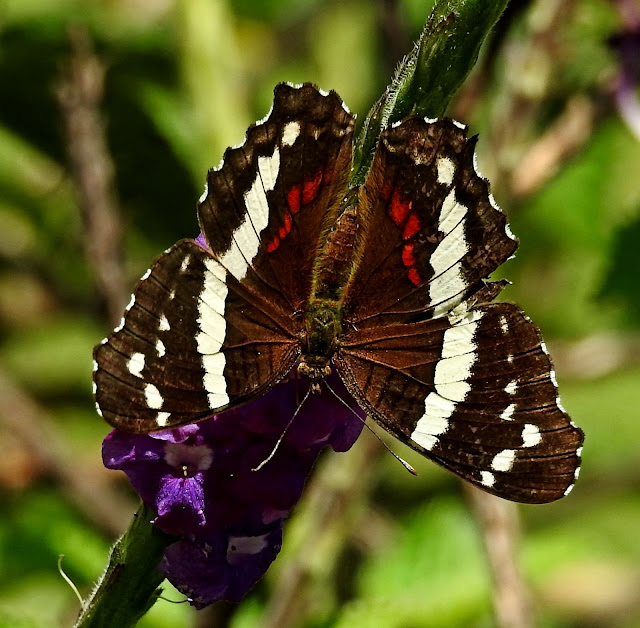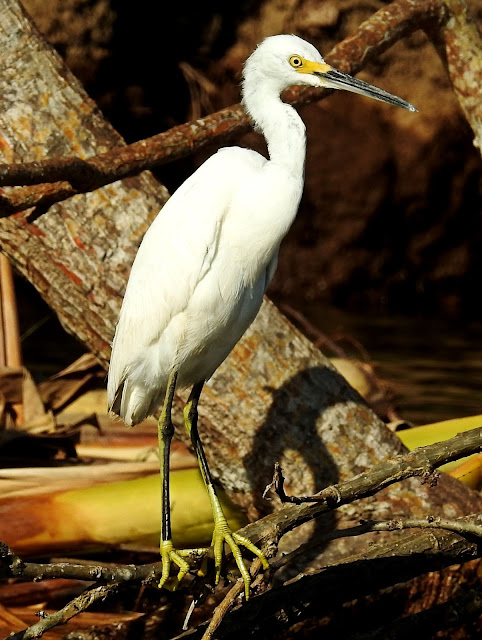This Blog contains Wildlife, Plants and Bird Photos from Walks, Safaris, Birding Trips and Vacations. Most of the pictures have been taken with my Nikon P900 and P950X cameras. Just click on any image for a larger picture. On the right column under the Blog Archive are the entries by date. Below that under Animal categories all the diffent species of Animals, Birds, Insects and Plants contained in the website are listed. Clicking on any entry will show all the entries for that species.
TOTAL PAGEVIEWS
TRANSLATE
Thursday, 20 April 2017
26-3-2017 CATIE CENTER, COSTA RICA - BANDED PEACOCK BUTTERFLY (Anartia fatima)
26-3-2017 RANCHO NATURALISTA, COSTA RICA - COMMON BASILISK (Basiliscus basiliscus)
20-4-2017 PEGO MARJAL, ALICANTE - GLOSSY IBIS (Plegadis falcinellus)
20-4-2017 PEGO MARJAL, ALICANTE - LITTLE EGRET (Egretta garzetta)
20-4-2017 PEGO MARJAL, ALICANTE - EUROPEAN BEE-EATER (Merops apiaster)
The European bee-eater (Merops apiaster) is a near passerine bird in the bee-eater family, Meropidae. As their name suggests, these brightly-colored birds predominantly eat flying insects, especially bees and wasps, which they catch on the wing from an open perch.
The European bee-eater is a richly coloured, slender bird. It has brown and yellow upper parts, whilst the wings are green and the beak is black. Sexes are alike. Female tends to have greener rather than gold feathers on their shoulders. Non-breeding plumage is much duller and with a blue-green back and no elongated central tail feathers. The juvenile resembles a non-breeding adult but with less variation in the feather colours. Adults begin to moult in June or July and complete the process by August or September. There is a further moult into breeding plumage in winter in Africa.











%2020.jpg)
%2020.jpg)






%2020.jpg)
%2021.jpg)
%2022.jpg)
%2020.jpg)
%2021.jpg)
%2022.jpg)
%20(Florisuga%20mellivora)%2020.jpg)
%20(Florisuga%20mellivora)%2022.jpg)
%20(Florisuga%20mellivora)%2021.jpg)
%2021.jpg)
%2022.jpg)
%20(Icterus%20galbula)%2020.jpg)
%20(Icterus%20galbula)%2021.jpg)
%20(Icterus%20galbula)%2022.jpg)
%20(Icterus%20galbula)%2023.jpg)
%2020.jpg)




%2020.jpg)




